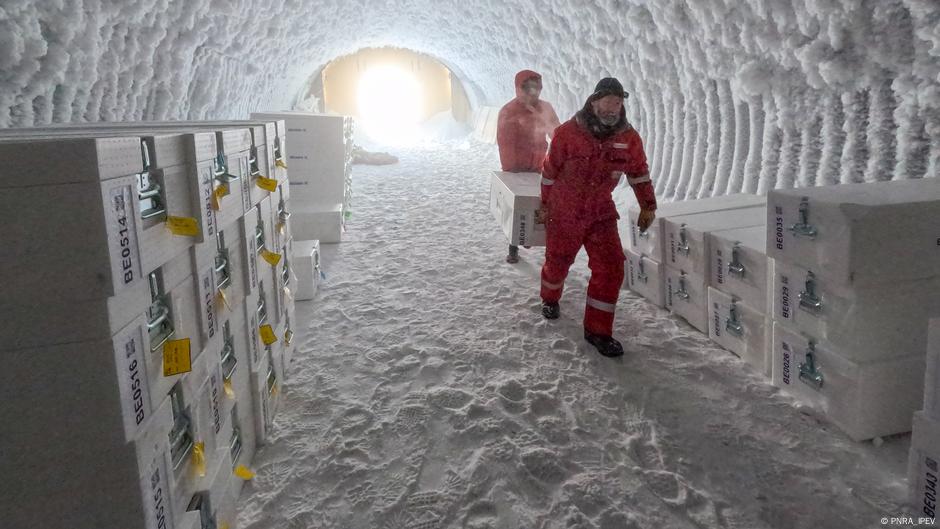
"Ice cores are climate archives, so they tell us something about the climate history of the Earth. This is mainly driven, for example, by planetary features, like how the Earth is positioned towards the Sun."
"Researchers hope the ice core could help scientists better understand climate change by shedding more light on the connection between the carbon cycle and the temperatures on the planet."
"But looking further back, the cold temperatures occurred more frequently around every 40,000 years. By extending the 800,000-year-old ice core record and figuring out why the cycle changed, researchers hope to improve predictions of how Earth's climate may respond to future greenhouse gas increases."
"This research aims to unlock vital information about the Earth's climate and improve predictions on climate based on the analysis of greenhouse gases trapped in 1.2-million-year-old ice."
Scientists in Germany are studying the oldest continuous ice core, approximately 1.2 million years old, from Antarctica. The core was retrieved after extensive planning and drilling at extreme temperatures. This ice core contains air bubbles that hold greenhouse gas data, providing insights into the Earth's climate history. Researchers aim to understand the relationship between the carbon cycle and global temperatures. By revisiting ancient climate cycles, they hope to enhance climate predictions in light of current greenhouse gas increases.
Read at www.dw.com
Unable to calculate read time
Collection
[
|
...
]